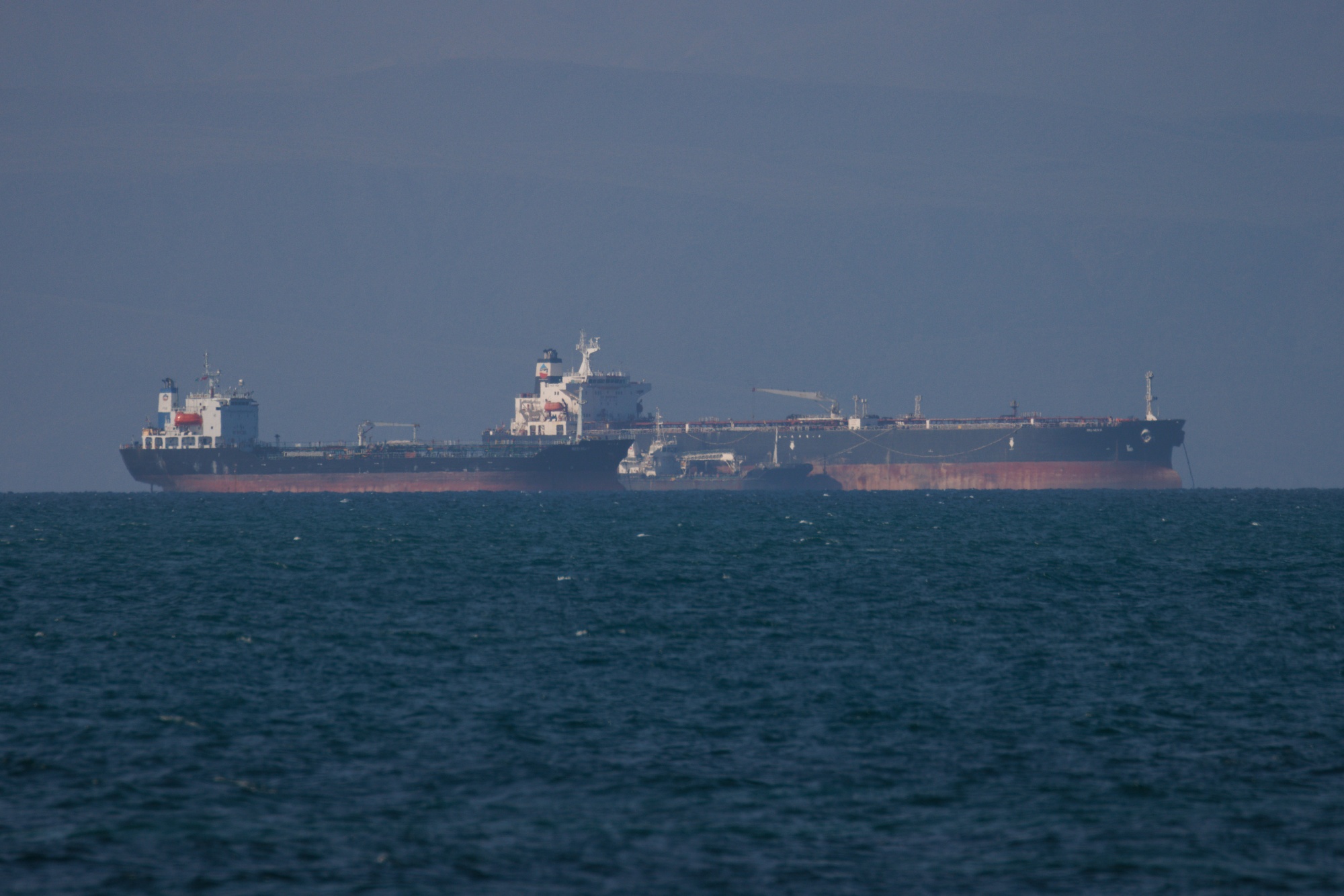
Oil prices are creeping higher, but it’s probably too early for the bulls to cheer.
Brent crude closed above $80 a barrel Monday for the first time this year, a feat it managed again Wednesday.
Citigroup Inc. has warned oil may “pop” to $90 if tensions in the Middle East spur “enough disruption and uncertainty.”
The upward drift in prices is good news for the OPEC+ producer group, whose Joint Ministerial Monitoring Committee meets next week. I doubt the JMMC will recommend any change in policy.
Additional output cuts put in place for the first quarter haven’t had time to impact crude flows significantly, and OPEC’s own forecasters still see a market in deficit this year.
But, while rising prices will be welcomed in Moscow and around the Persian Gulf, they don’t signal a healthier market.
Shippers expect disruptions to deliveries of just about everything through the Red Sea to last for months. While that’s already causing big problems for some manufacturers and retailers that rely on just-in-time supply chains, it’s less of a problem for oil.
International regulations require importers to hold 90 days’ worth of stockpiles, which can and will be used in the event of any serious interruption to supply.
The longer voyages around the Cape of Good Hope may create a lag in shipments of crude and refined products to Europe, but once diverted cargoes begin to arrive, flows are likely to return pretty much to normal, with deliveries simply spending longer at sea.
Unless production is disrupted, such supply issues will be short-lived, no matter how long the Red Sea remains effectively closed.
Yesterday’s small uptick in prices seems to have been related to a bigger-than-expected draw in US inventories last week.
Yet that, too, was driven by temporary factors — likely very temporary. Domestic production fell by 1 million barrels a day, hit by subzero temperatures across the oil patch, but it will rebound as the cold abates.
Meanwhile, underlying demand growth continues to disappoint, while supply increases — particularly among non-OPEC producers — surprise to the upside.
That’s not a recipe for rising prices.
–Julian Lee, Bloomberg News
Share This:
Next Article



